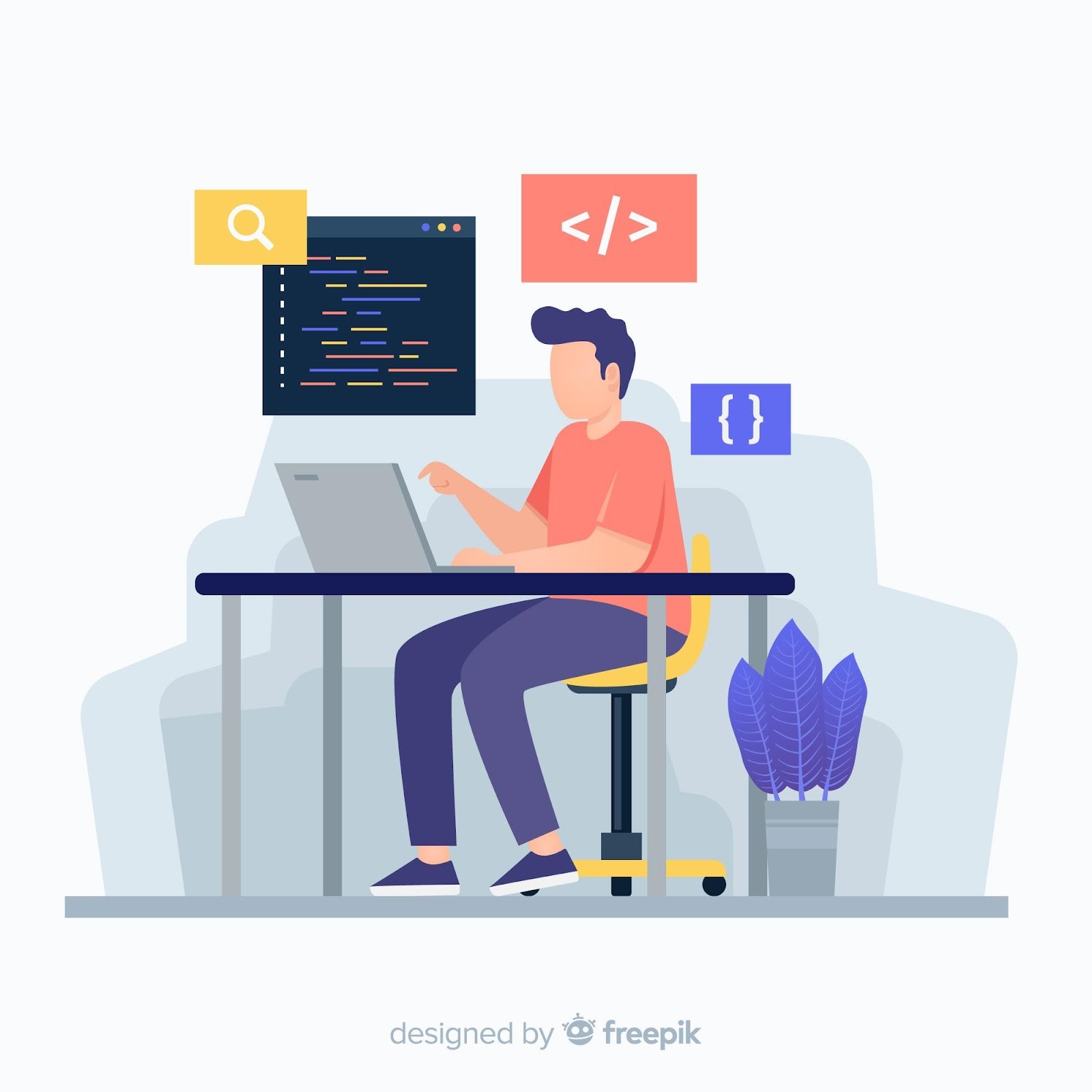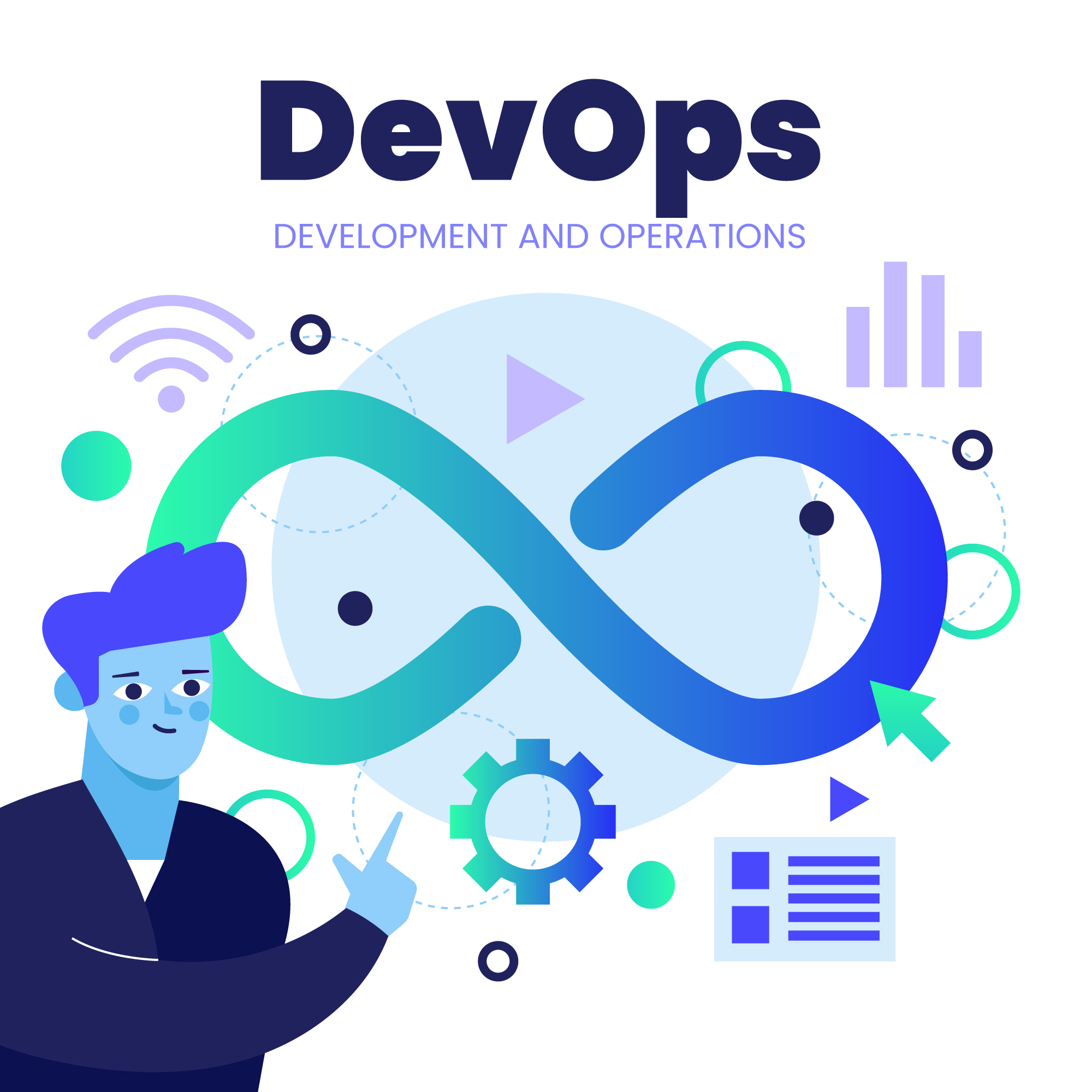In this tech-savvy world, having a powerful and intuitive web application is no longer a luxury, it’s a necessity. Whether you’re a startup looking to disrupt an industry or an established enterprise aiming to modernize operations, web applications enable seamless interaction, automation, and scalability.
However, with a multitude of development agencies, freelancers, and platforms out there, choosing the right web application development services can be daunting.
However, you can make an informed decision if you are aware of what sets excellent services apart from average ones. So, in this article, we will see the key qualities that you need to look for, questions you have to ask, and red flags to avoid.
Also, we will see how seasoned professionals like the ones from Tambena Consulting can embed quality, efficiency, and innovation in every project.
What Are Web Application Development Services?
Web application development involves creating dynamic, interactive software that runs on web browsers. These applications go far beyond static websites, offering user-specific functionality like e-commerce, dashboards, real-time messaging, and enterprise resource planning.
Web development services typically include:
- Front-end and back-end development
- UI/UX design
- API integration
- Database management
- Cloud deployment
- Ongoing maintenance and support
The right service partner doesn’t just write code; they deliver a cohesive solution that aligns with your business goals and user expectations.
1. Technical Expertise and Versatility
The technology stack a service provider uses should match the complexity and scale of your application. Look for teams that are fluent in modern frameworks and languages such as:
- Frontend: React.js, Angular, Vue.js
- Backend: Node.js, Django, Ruby on Rails, ASP.NET
- Databases: PostgreSQL, MongoDB, MySQL, Firebase
- Cloud Platforms: AWS, Google Cloud, Microsoft Azure
Equally important is the provider’s ability to recommend the most suitable tech stack based on your project’s needs. You want a partner who makes strategic decisions, not just technical ones.
2. Customization Over Templates
Every business has unique challenges. Generic templates may seem cost-effective, but often fail to scale or meet specific requirements. Great web application development services emphasize custom development, ensuring your application supports your workflow, branding, and long-term vision.
Custom-built applications also provide:
- Better performance optimization
- Enhanced security
- Easier integration with third-party tools
- Greater control over features and updates
Ask potential partners about their customization capabilities, not just what they’ve built, but how they tailor solutions to meet client-specific goals.
3. Strong UI/UX Design Capabilities
A well-developed application still fails if the user experience is clunky. Look for development services that prioritize UI/UX design from day one. Seamless navigation, responsive layouts, and accessibility should be built into the design, not added as an afterthought.
A quality UI/UX process includes:
- Wireframing and prototyping
- User flow mapping
- Accessibility compliance (WCAG)
- Mobile responsiveness
- Usability testing
This ensures the app doesn’t just work; it works beautifully and intuitively.
4. Agile Development Process
Modern web applications evolve continuously. Agile methodologies, such as Scrum or Kanban, allow for iterative development, continuous feedback, and rapid feature releases. Teams following an agile approach tend to be more responsive, adaptive, and transparent.
An ideal service provider will:
- Break development into sprints
- Provide frequent updates and demos
- Adjust the scope based on user feedback
- Encourage client collaboration at every stage
Agile doesn’t just reduce time to market, it improves the product’s alignment with real-world needs.
5. Emphasis on Security and Compliance
Security is no longer optional. Whether you’re handling e-commerce transactions or collecting user data, your application must comply with relevant standards such as GDPR, HIPAA, or PCI-DSS.
Key security features to look for include:
- HTTPS and SSL/TLS encryption
- Secure authentication (OAuth, MFA)
- Input validation and sanitization
- Data encryption at rest and in transit
- Regular vulnerability scanning and patching
Professional developers incorporate security-first practices throughout the development cycle, not just as a post-launch addition.
6. API-First and Scalable Architecture
Modern applications rarely operate in silos. Look for services that are built using API-first architecture, enabling seamless integration with other platforms, services, and mobile apps.
Moreover, your app should be able to scale, both in performance and features, as your business grows. This requires scalable architecture patterns like:
- Microservices
- Serverless computing
- Containerization, e.g., Docker, Kubernetes
Reliable developers design systems that grow with you, not ones that need to be rebuilt every time you scale.
7. Post-Launch Support and Maintenance
Development doesn’t end at deployment. The real test begins when users start interacting with your app. You’ll need reliable post-launch support for:
- Bug fixes
- Performance optimization
- Security updates
- Feature enhancements
- User training and documentation
Great web development services offer ongoing service-level agreements (SLAs) and retainers to ensure your app remains secure, fast, and functional.
8. Transparent Communication and Collaboration
No matter how skilled a team is, poor communication can derail a project. Look for services that prioritize transparency, responsiveness, and clarity. This includes:
- Clear timelines and deliverables
- Regular progress updates
- Access to project management tools
- Single point of contact or dedicated project manager
Collaboration isn’t just about meetings, it’s about shared understanding and mutual accountability.
9. Proven Portfolio and Client Reviews
Don’t take a provider’s word for it. Review their past projects, case studies, and client testimonials. This offers insight into their real-world performance, creativity, and reliability.
When reviewing a portfolio, look for:
- Projects similar in scope to yours
- Evidence of innovation and problem-solving
- Long-term client relationships
- Results like metrics, ROI, or improvements
10. Cost Transparency and Value
Cost is a crucial factor, but it should be weighed against value. Low-cost developers may compromise on quality, scalability, or security, leading to higher costs down the line.
A good provider will offer:
- Transparent pricing models (hourly, fixed, retainer)
- Clear breakdowns of what’s included
- Milestone-based payments
- Estimates that consider both development and maintenance
Remember, investing in quality now saves time and money in the future.
Why Working With the Right Partner Makes a Difference
While many firms offer web development services, not all deliver the same level of dedication, innovation, and expertise.
For example, we quietly pride ourselves on delivering high-performing, secure, and user-centric web applications that help businesses scale, evolve, and succeed in their digital journeys. Through collaborative partnerships, modern technology, and a focus on outcomes, we strive to provide more than just code; we deliver value.
That’s the kind of mindset you want from any web development partner.
Conclusion
Choosing the right web application development service is a critical decision with long-term implications. Whether you’re building an MVP, modernizing a legacy system, or launching a full-fledged digital platform, focus on expertise, transparency, scalability, and support.
Need expert guidance on your next web app? Explore your options, do your research, and align with a team that shares your vision. The right choice will shape your business’s digital success for years to come.






